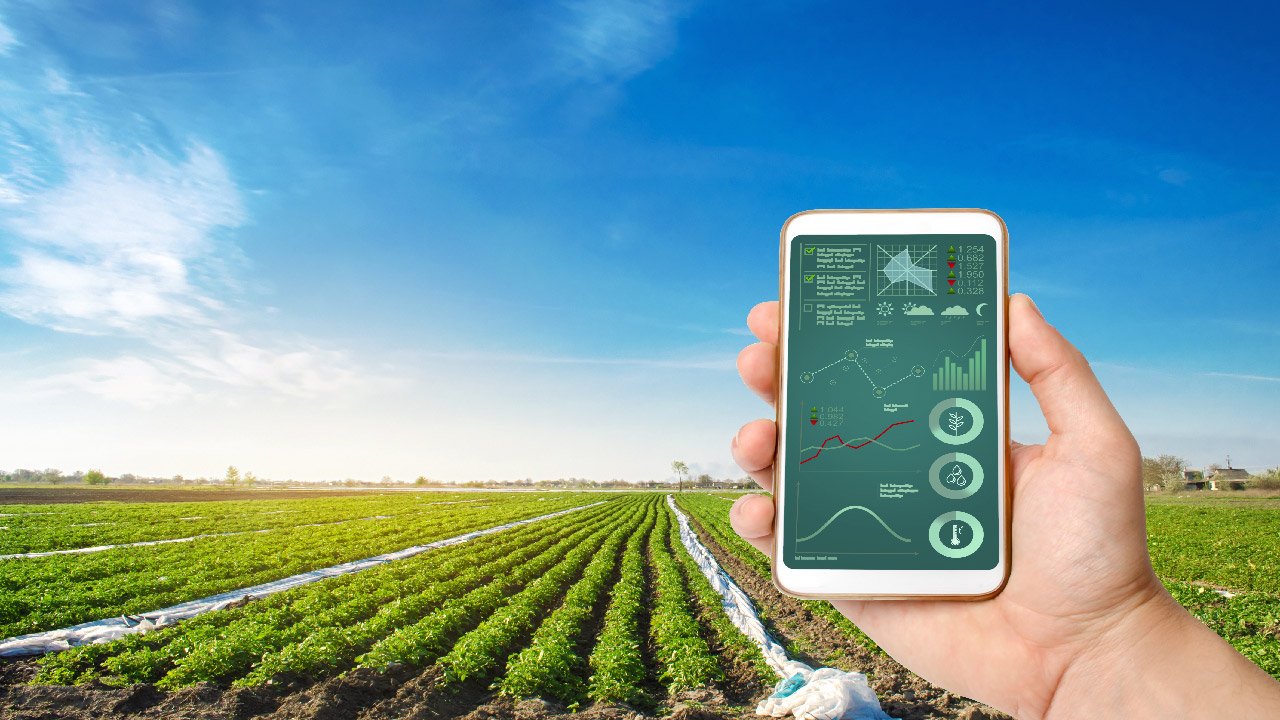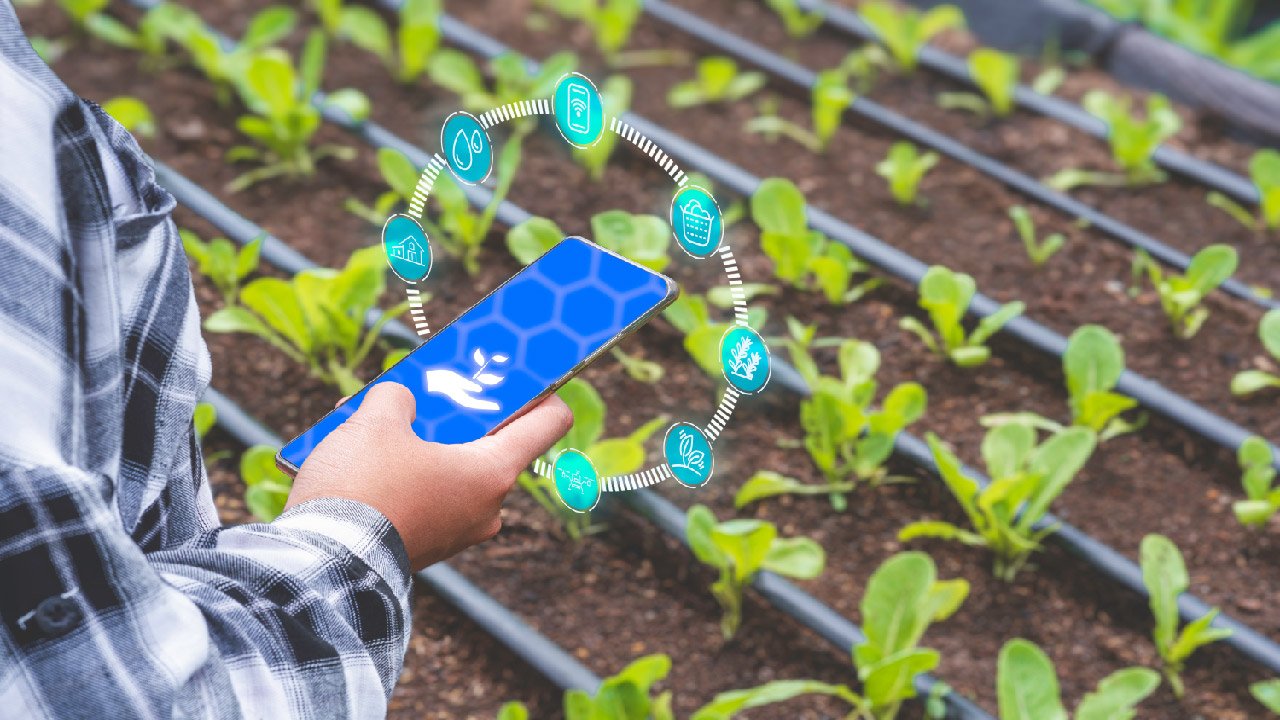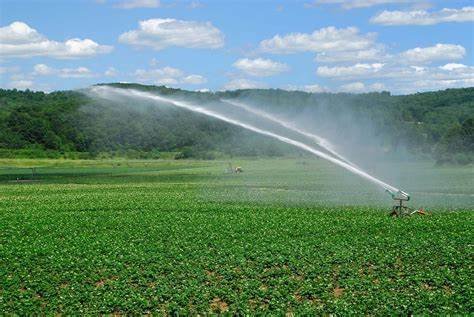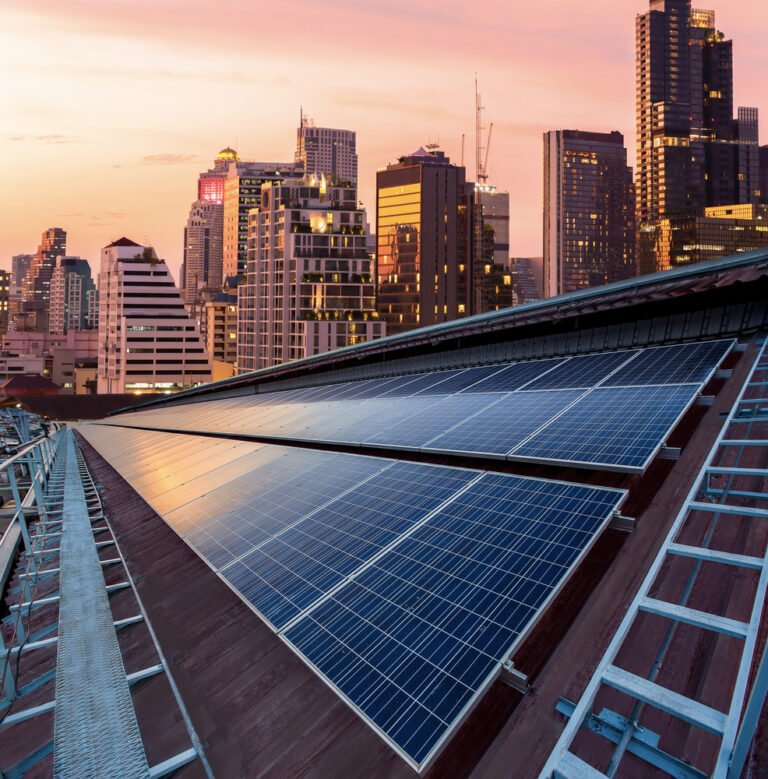Incorporating smart irrigation technologies is a game-changer for anyone managing water usage in agriculture or landscaping. These innovative tools help optimize water delivery, conserve resources, and promote healthy plant growth. Whether you’re new to smart irrigation or looking to improve your current system, here are some practical tips to get you started.
Understand the Benefits of Smart Irrigation
Before you begin incorporating smart irrigation technologies, it’s essential to understand their advantages. These systems use advanced sensors, weather data, and automation to deliver precise amounts of water to your plants. This reduces water waste, saves money on utility bills, and ensures healthier crops or landscapes.

Assess Your Irrigation Needs
The first step in incorporating smart irrigation technologies is to evaluate your current water usage. Identify areas of inefficiency, such as overwatering or under-irrigation. Understanding your specific needs will help you choose the right technology for your system. Consider factors like soil type, plant varieties, and climate conditions.
Choose the Right Smart Irrigation Controller
Smart irrigation controllers are the heart of any modern system. These devices use weather data and soil moisture readings to adjust watering schedules automatically. Look for controllers compatible with your existing system and that offer user-friendly interfaces. Many options also allow you to control them via a smartphone app for added convenience.
Install Soil Moisture Sensors
Soil moisture sensors are vital for accurate water management. These sensors monitor the moisture levels in the soil and provide data to your irrigation controller. By incorporating these technologies, you can ensure your plants receive the right amount of water without over-irrigating.
Use Weather-Based Adjustments
Smart irrigation technologies often include weather-based features. These systems use local weather data to adjust watering schedules. For example, they can delay irrigation after heavy rainfall or increase watering during hot and dry conditions. Incorporating weather-based adjustments helps conserve water and keeps your plants healthy.
Integrate Drip Irrigation Systems
If you’re using traditional sprinklers, consider switching to a drip irrigation system. Drip systems deliver water directly to the roots of plants, minimizing evaporation and runoff. When combined with smart irrigation technologies, they create an efficient and sustainable solution for water management.
Set Up Zones for Precision Watering
One of the best ways to maximize the benefits of smart irrigation technologies is to create zones in your garden or field. Divide your area based on plant types, soil conditions, and sunlight exposure. Each zone can then be watered according to its unique needs, ensuring efficient use of water resources.
Monitor and Analyze Data
Most smart irrigation systems provide detailed data on water usage and soil conditions. Regularly monitor this information to identify trends and make informed decisions. By analyzing the data, you can further refine your system and ensure optimal water management.
Maintain Your System Regularly
Like any technology, smart irrigation systems require regular maintenance to function effectively. Check sensors, valves, and controllers periodically to ensure they’re working correctly. Address any issues promptly to avoid disruptions in your watering schedule.
Educate Yourself and Stay Updated
Finally, keep learning about advancements in smart irrigation technologies. The field is constantly evolving, with new tools and features being developed. Staying informed will help you incorporate the latest innovations and maintain an efficient irrigation system.
Conclusion
Incorporating smart irrigation technologies is an effective way to manage water usage efficiently. By choosing the right tools, setting up zones, and monitoring your system, you can save water, reduce costs, and promote healthier plants. These technologies make it easier than ever to achieve sustainable irrigation, benefiting both the environment and your bottom line.




